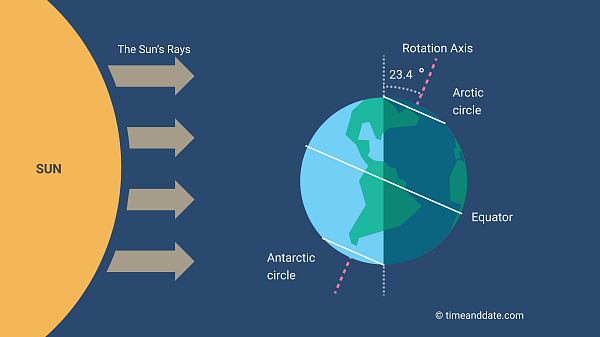The fourth planet of the solar system.
Mars
The star of the solar system.
The Sun
The phase in which the visible side of the Moon is fully illuminated.
Full moon
It's when the Earth’s spin around itself on an imaginary axis that runs through the planet from the North Pole to the South Pole.
Rotation
The the regular rise and fall of the sea level due to the gravitational pull of the Moon.
The tides
The smallest planet in the solar system
Mercury
The average distance between the Earth and the Sun.
Astronomical unit (AU)
It's the rotation and the orbit period.
27,3 days
It's the average period of the orbit.
365,25 days.
It's the name of the galaxy where the Sun is.
Milky way
Those that are large,made of gas and have rings. They rotate quickly.
Outer planets
Those that don't have enough mass to clean their orbits.
Dwarf planets
It's this moon's phase.
First quarter
It's the number of daylight hours at the South Pole during its summer.
24 hours.
It's a bunch of galaxies grouped together
Cluster
The plane in which all the slightly elliptical planets' orbits lying on.
Ecliptic (plane)
The celestial bodies made up of rock and ice, dust and gases.
Comets
The Mars' satellites
Phobos and Deimos
 It's the season in the north hemisphere.
It's the season in the north hemisphere.
Winter
It's the moon's phase when you can see a solar eclipse.
New moon.
The planet that spins/rotates in a clockwise direction. It's near from the Earth.
Venus.
It's a celestial body whose name begins with H and is in the Kuiper belt.
Haumea
The planets without satellites.
Mercury and Venus
It is the season in which the days begin to be longer than the nights.
Spring
It's the speed of the light.
300.000 km/s